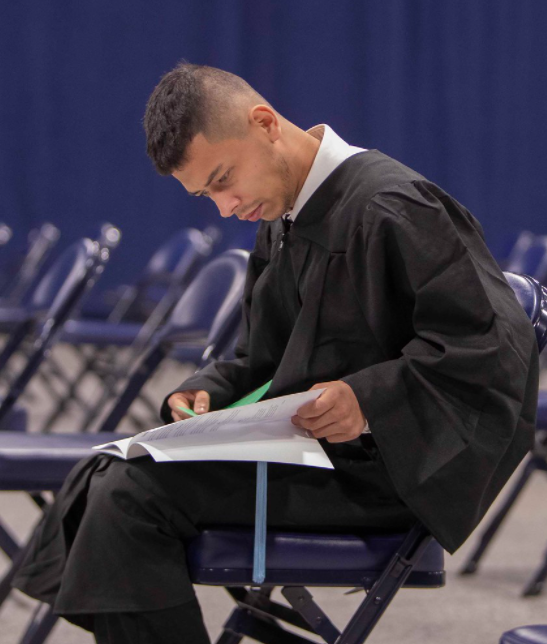
Retention is a natural component of service-learning. We have long known that students persist and achieve better when they are actively engaged in their learning, rather than being passive recipients of imparted knowledge (Astin, 1992, Kuh, 2005, Tinto 2006).
Service-learning offers transformational experiences (Eyler & Giles, 1999) by placing students in a constant state of learning (Giles, 2019), helps integrate students into both campus and community (Moley, et. al., 2002) thereby enhancing student connectedness (Ferrari and Worrall, 2000), and overall student success (Furco, 2007).
Students who engage in service-learning are also more likely to talk with their colleagues about their academic experience (Astin, 2000), more likely to connect with faculty (Hiller, 2020), and be more satisfied with their university experience (Kanori, 2020). These trends appear to hold true even when the service is virtual (Schmidt, 2021). And may promote retention most powerfully when enacted in the first-year experience (Manning-Ouellette & Hemer, 2019).
Service-learning is also tightly connected to career-readiness (Mtawa, & Fongwa, 2021) through encouraging authentic problem-solving (Williamson, 2017), developing leadership skills (Huda, Teh, and Muhamad, 2017). Moreover, our approach to service-learning (and indeed, all SL/CE courses) at Upstate directly supports career-readiness by incorporating career competencies as student learning outcomes. And career-readiness is also an important factor in retention (Belser, et al., 2017).
Ready to get started? We’re here to support you!